Table of Contents
Prospects of Geothermal Energy
India, with its diverse geographical and topographical features, offers a unique opportunity to harness various renewable energy sources. Among these, geothermal energy remains one of the most underutilized resources. However, considering the rising energy demand and the need for sustainable energy solutions, the prospects of geothermal energy in India are garnering increased attention.
| Aspect | Description |
|---|---|
| Geothermal Reserves | |
| Potential Areas | The Himalayan region, Soos in Punjab, Manikaran in Himachal Pradesh, and Puga Valley in Ladakh are the most promising geothermal areas in India. |
| Reservoir Types | India has both convective and conductive type geothermal reservoirs. |
| Total Potential | India has a potential to produce around 10,600 MW of power from geothermal energy sources. |
| Current Usage | |
| Power Generation | Limited to a few pilot projects. |
| Direct Heat Applications | Used in bathing, space heating, and drying crops. |
| Advantages for India | |
| Sustainability | Geothermal energy is sustainable and can provide a long-term solution for India’s energy needs. |
| Low Emissions | It produces negligible greenhouse gas emissions compared to fossil fuels. |
| Energy Security | Reduces dependence on imported fossil fuels. |
| Challenges in India | |
| High Initial Costs | Geothermal plants require a significant investment upfront. |
| Limited Awareness | Not as well-known as solar or wind energy in India. |
| Technological Barriers | Requires specific technology and expertise which might not be abundantly available in India. |
| Environmental Concerns | Geothermal drilling can sometimes release harmful gases. |
| Future Prospects | |
| Government Initiatives | With increasing focus on renewable energy, the government might offer incentives for geothermal projects. |
| Technological Advancements | As technology progresses, the cost of setting up geothermal plants might decrease. |
| Increasing Energy Demand | As India’s energy needs grow, geothermal energy can become a more integral part of the energy mix. |
| Collaboration with Global Leaders | Collaborations with countries experienced in geothermal energy can boost India’s capabilities. |
What is Geothermal Energy?
Geothermal energy is derived from the Earth’s internal heat. This heat can be harnessed from hot springs, geysers, or directly from the Earth’s crust. The energy is primarily used in two forms: direct heating and electricity generation. It is considered a renewable energy source because the heat emitted from the Earth’s interior is essentially inexhaustible on human timescales.
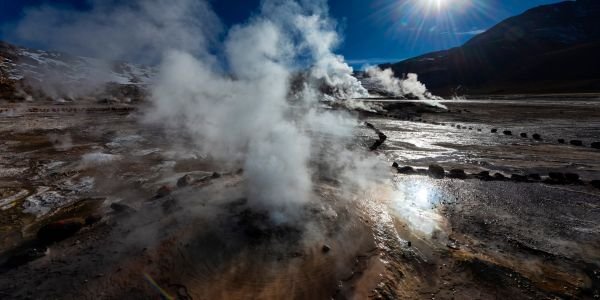
Geothermal Potential in India:
- Geothermal Provinces: India has identified seven key geothermal provinces: the Himalayan region, Sohana region, Cambay graben, Son-Narmada-Tapi (SONATA) region, Godavari valley, Mahanadi valley, and the Andaman Islands. These regions together have the potential to generate over 10,000 MW of power.
- Hot Springs & Geysers: Numerous hot springs and geysers dot the regions, especially in the Himalayan belt, which can serve as primary sites for harnessing geothermal energy.
Prospects & Advantages:
- Environmentally Friendly: Unlike fossil fuels, geothermal energy doesn’t produce harmful emissions. Expanding its use could significantly reduce the carbon footprint of India’s energy sector.
- Baseload Power: Unlike solar or wind energy, geothermal energy is available 24/7, making it a reliable baseload power source.
- Reduced Dependency on Imports: India imports a significant amount of its energy resources. Harnessing geothermal energy can reduce this dependency, ensuring energy security.
- Job Creation: Investments in geothermal energy can lead to job creation in the exploration, installation, and maintenance sectors.
- Potential for Direct Heating: In addition to electricity generation, geothermal energy can also be used for direct heating purposes, which can be particularly beneficial in colder regions.
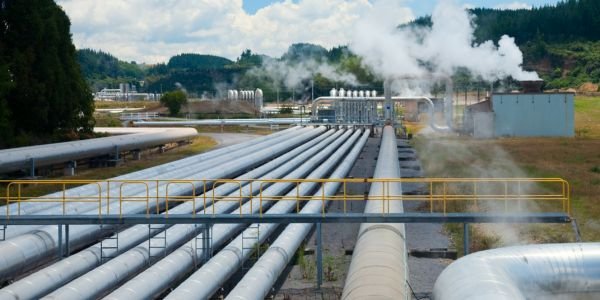
Challenges:
- High Initial Costs: Setting up geothermal power plants requires a substantial initial investment, which has been a deterrent in its widespread adoption.
- Technical Expertise: India lacks the technical expertise in geothermal energy, requiring collaborations with countries that have a mature geothermal sector.
- Limited Awareness: The potential of geothermal energy is not widely recognized, and there’s a need to increase awareness among policymakers and the general public.
- Environmental Concerns: While geothermal energy is environmentally friendly, there are concerns about land use, water consumption, and the potential for induced seismicity.
Way Forward:
- Research & Development: Investments in R&D can lead to the development of cost-effective and efficient geothermal technologies suited for Indian conditions.
- International Collaborations: Partnerships with countries like Iceland, the USA, and New Zealand can help in technology transfer and skill development.
- Policy Support: The government needs to create a favorable policy environment with incentives for private players to invest in geothermal energy.
- Awareness & Training: Regular workshops, training programs, and awareness campaigns can play a pivotal role in promoting geothermal energy.
While the prospects of geothermal energy in India are promising, its realization requires a concerted effort from both the government and the private sector. Addressing challenges head-on and leveraging the inherent advantages of this energy source can pave the way for a sustainable and energy-secure future for India.
Also, read about Magma Energy








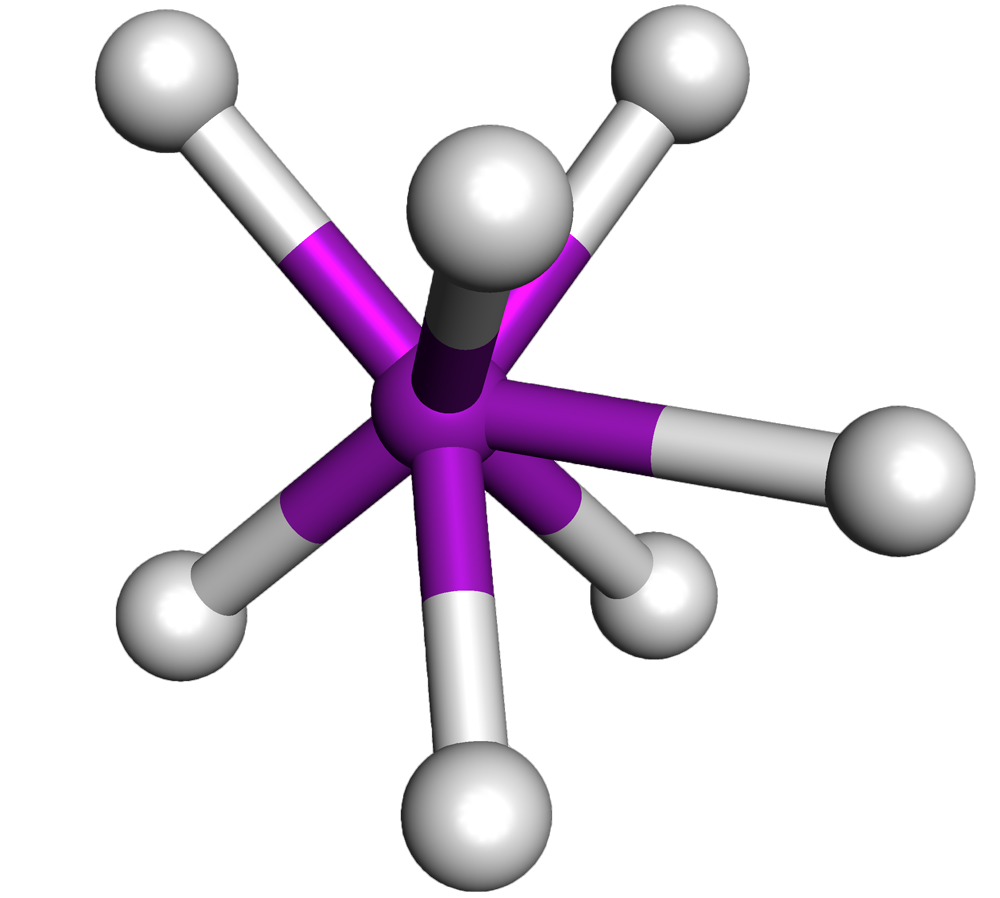







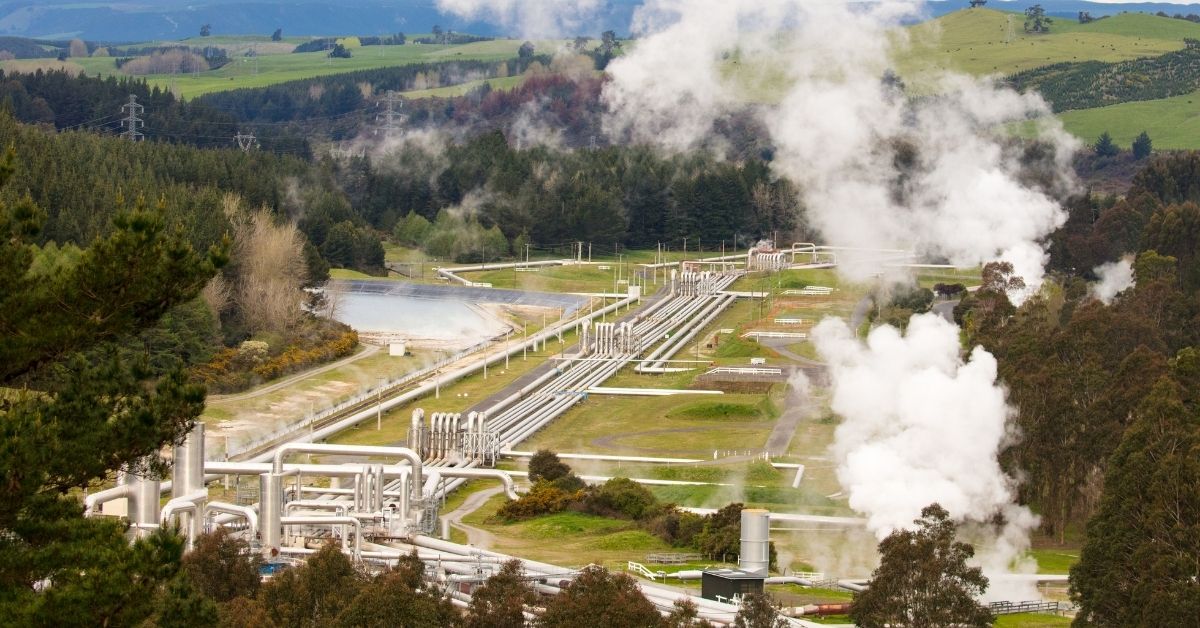
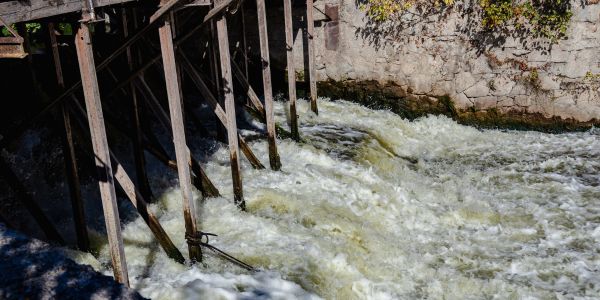
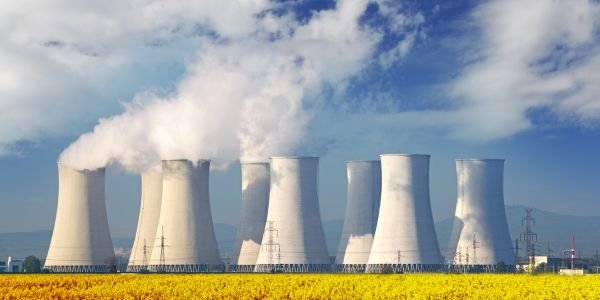





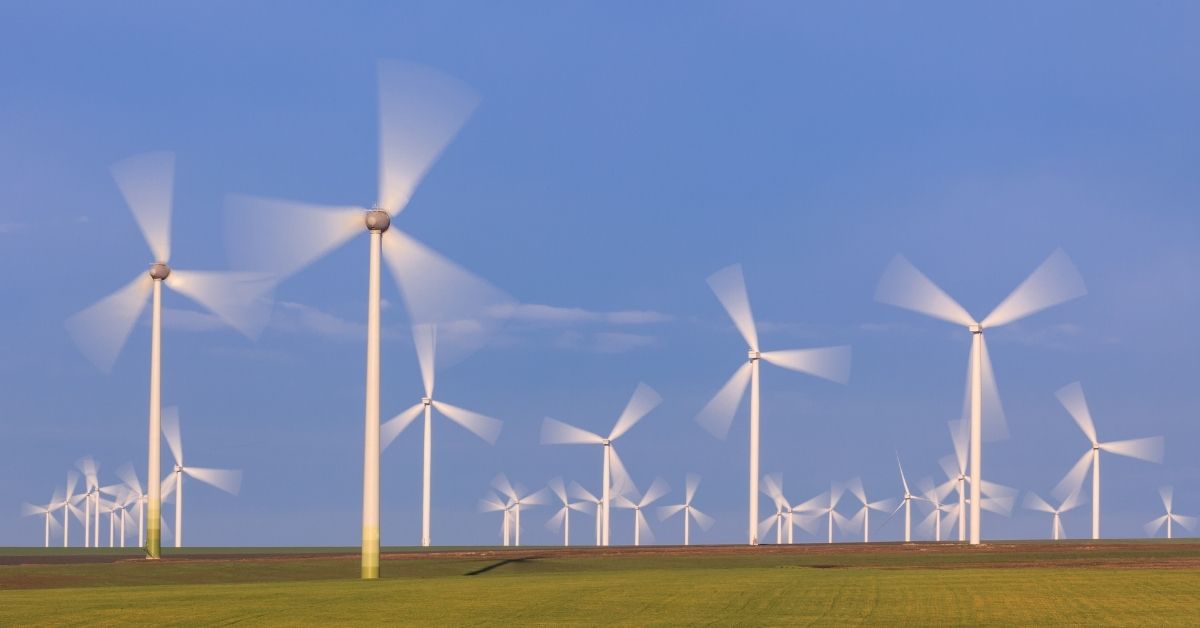


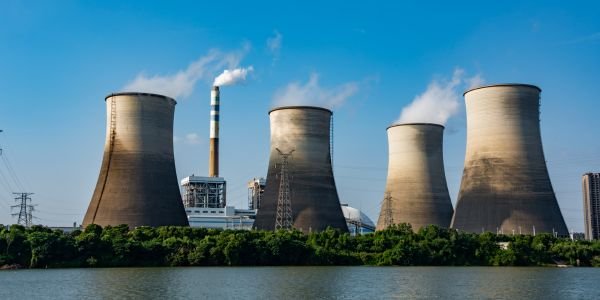

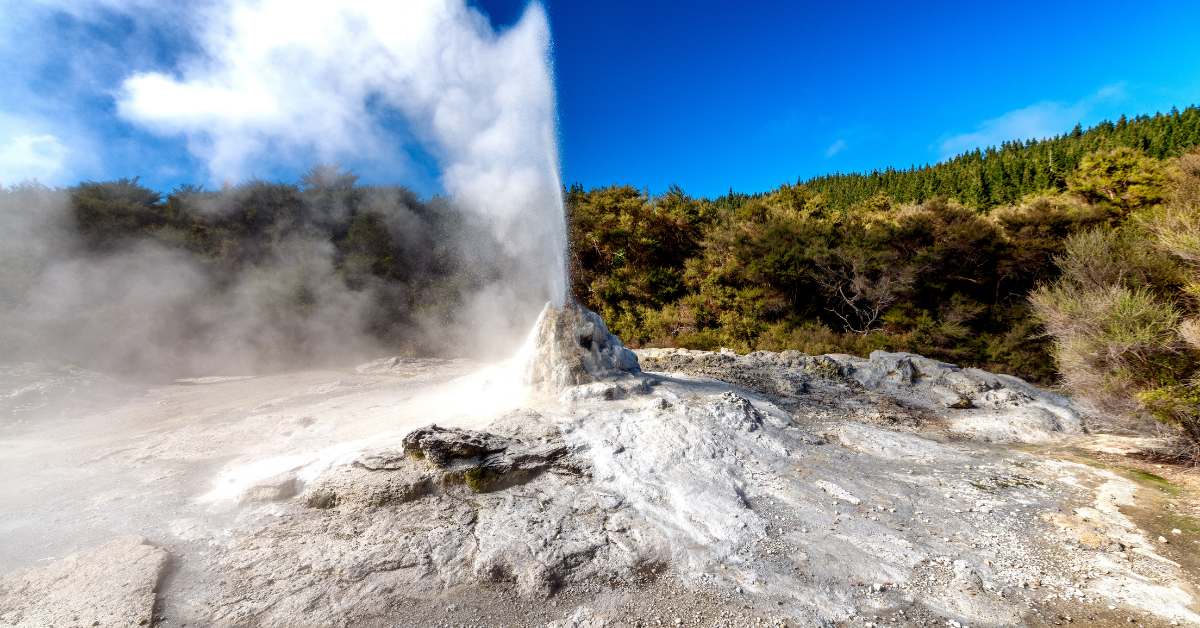
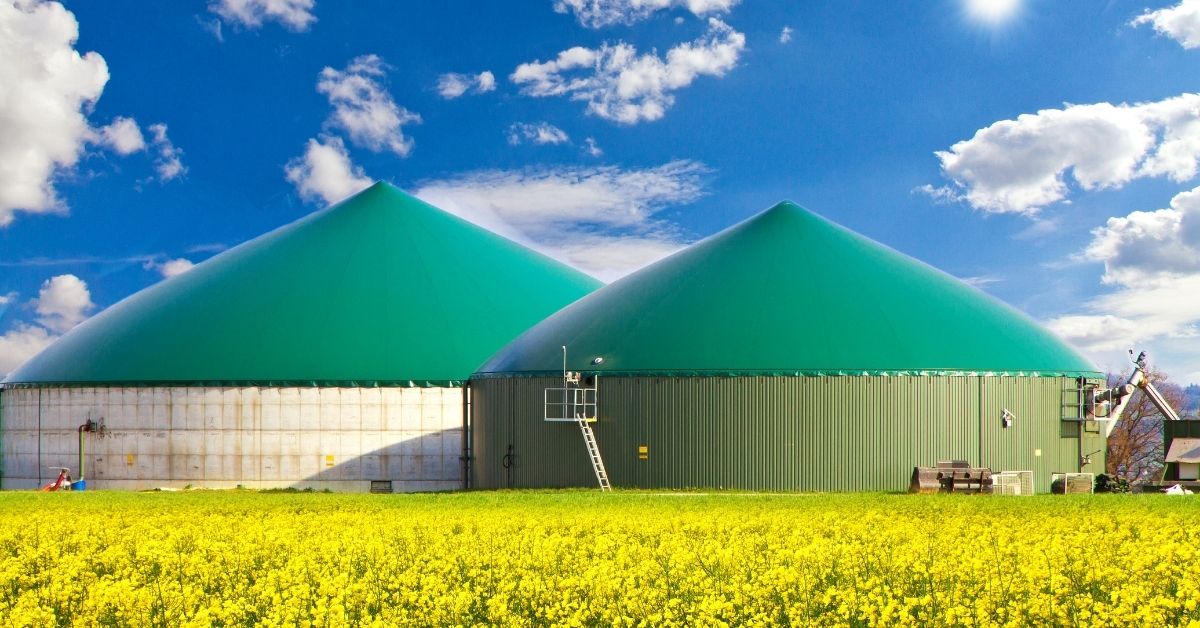

Comment on “Prospects of Geothermal Energy in India”